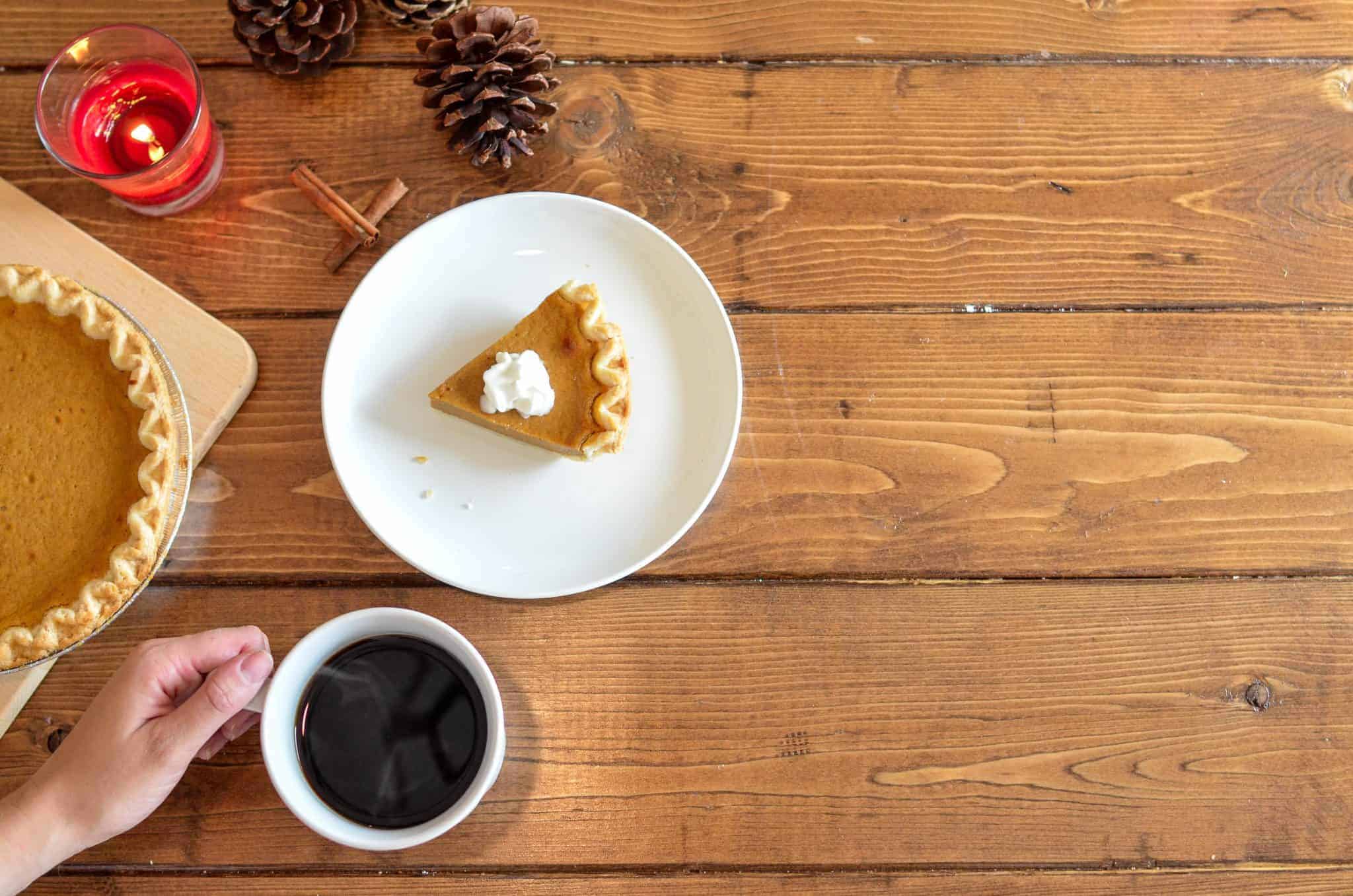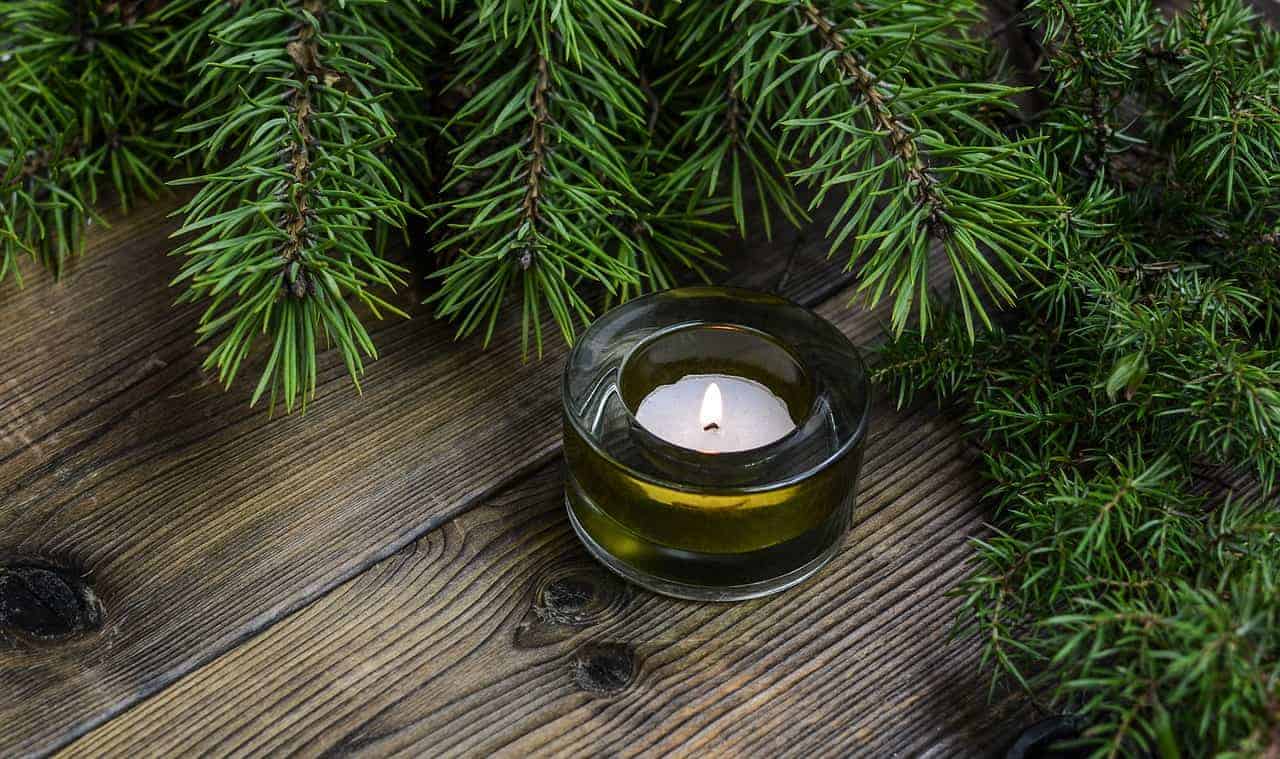
Most of us want to make an effort to create a warm, inviting environment for our families to enjoy during the holidays.
The holidays are a time to stop and reflect. They’re a time for gratitude and family. Creating spaces that evoke memories of past holidays and create warm memories for the future can help all of us reflect and be thankful during these special times.
There are plenty of ways to make this happen.
First there are the decorations: colorful wreaths on the door, lights on the house, or trinkets that make an annual appearance on your fireplace mantle. Playing a compilation of favorite holiday songs can also bring memories flooding back. Fuzzy blankets on the couch and slippers by the door can make you feel warm and cozy. You can even pull out Grandma’s sugar cookie recipe and enjoy the same tastes you did during the holidays growing up.
But the sights, sounds, tastes and even tactile feelings of the holidays can only take you so far without the sense that’s connected the most directly connected to memory: Smell.
Smell has a connection to memory that’s unique compared to our other senses. By understanding how it works and leveraging its power, we can connect with our experiences in ways we’ll remember year after year.
Why Smell Has a Strong Connection to Memory
According to this BBC article, smell is the oldest sense that humans have. Even bacteria have evolved the ability to sense chemicals in the air around them.
Humans have at least 1,000 different types of smell receptors in their brains that convert smells into signals that our brains understand. (In comparison, our senses of sight and touch only rely on a handful of receptors.) Interestingly, these smell receptors actually change throughout our lives according to what we get accustomed to smelling.
That may help explain why all people can agree on how heat feels or how red looks, but there are no universal labels for types of smells.
So, the sense of smell is complex and sometimes difficult to describe. But smell also has another unique characteristic compared to other senses.
As this Psychology Today piece sums up, the olfactory bulb connects more directly to the parts of the brain that process emotion and memory (the amygdala and hippocampus) than signals from our other senses. The signals from all of our other senses make a stop in the thalamus before they are sent over to the other parts of the brain for processing.
Some scientists think that this direct connection to depths of our brains is what makes smells so effective at bringing us right back into vivid memories from the past.
That’s why scents can play an especially important role during the holidays, a time when we all tend to want to reminisce and feel “at home.”
Integrating Holiday Smells Into Your Home
Of course, plenty of companies have capitalized on the desire for scents that remind us of the holidays. There are hundreds of holiday-themed fragrance combinations to choose from, and there are entire stores devoted to fragrances for the home.
However, there are two significant problems with the scented candles and sprays you can typically find lining the shelves of most grocery stores.
The first is the fragrance itself. Synthetic fragrances tend to be loaded with chemicals like phthalates that have health risks.
The second is the way these fragrances are distributed throughout the house. Plastic, the container that many spray fragrance sprays come packaged in, is notorious for leaching chemicals. Aerosols give off volatile organic compounds that are harmful to health. There are even health risks associated with scented candles, which can pollute the air inside your house and releases harmful chemicals.

To get your house smelling great without the health risks, you can heat fragrant, natural ingredients on the stove, dehydrate them and let them perfume your room naturally, or disperse them into the air in the form of essential oils.
The following tools will help you get the job done:
- Essential oil diffusers – These popular tools distribute scents in your home naturally. If you don’t want to buy a diffuser, you can simply simmer your fragrant oil solution on the stove.
- Essential oil sprays – You can add your essential-oil based aromatherapy spray to a glass bottle and spray throughout your home as needed. For example, some people spray their artificial Christmas trees to try to replicate the natural smell of a living tree.
- Potpourri warmers – Combine fragrant ingredients with water and let them simmer in a potpourri warmer. You can also use a crock pot or the stove (just make sure to keep watch and ensure the water doesn’t all evaporate).
The Scents We Associate With The Holidays
The scents that you choose to create or evoke for the holidays will depend on your family’s own preferences and experiences.
But the following fragrances are familiar favorites that can be combined in various ways to evoke the “feeling” of the holidays.
- Cinnamon: The bark of the cinnamon tree, indigenous to Sri Lanka and India, is the source of the popular fragrant spice perfect for warm holiday drinks. You can use essential cinnamon oil in a diffuser, or put cinnamon sticks directly into DIY potpourri mixes.
- Cloves: The clove tree, native to Indonesia, is an evergreen that produces fragrant buds, leaves and stems. You can purchase entire clove buds for potpourri use, or opt for clove oil or clove bud oil for a rich, spicy aroma.
- Nutmeg: Nutmeg is another spicy, fragrant choice that’s perfect for the holidays. It’s the product of the fruit of a tropical evergreen tree perfect for both potpourri or essential oil blends.
- Ginger: Ginger comes from a flowering perennial plant that grows about a meter tall. The plant’s fragrant root has been sought after for centuries for many purposes, including ancient medicines, and also has a holiday connection as a prime ingredient in popular gingerbread cookies and treats. You can purchase ginger oil to diffuse or cut up the root to add to your fragrant holiday blends.
- Oranges: Most of us are familiar with these edible fruits, which grow all over subtropical and tropical countries around the world. Orange oil is a popular ingredient in many cleaners for its fresh smell, but it also smells great when combined with the spices we just listed. Thinly sliced oranges also make a great addition to potpourri.
- Peppermint: We’ve come to culturally associate the flavor and smell of mint with the holidays, thanks perhaps in part to the popularity of candy canes and other peppermint candies. The fresh aroma from the peppermint plant’s bright green leaves creates a fresh, invigorating scent. Peppermint oil even has some antimicrobial properties, which can make it a great addition to sprays used to clean and freshen up around the house.
- Tree scents: Celebrations of the winter season are often associated with the smell of evergreen trees. Perhaps due to holiday decor, Christmas trees, or even fires in the cool weather, we associate the fresh, earthy scents of these trees with the winter holidays. You can fill your home with lovely tree-based scents using pine essential oil, fir needle essential oil, cypress oil, or cedarwood oil.
You can experiment with different combinations of these scents to create combinations that work for you. With some trial and error, you’ll come up with signature holiday scents that leverage the unique power of smell to create distinctive holiday memories.
Try experimenting with holiday fragrances to create a signature holiday scent unique to your own home.
Finally, if you plan to make and store your own essential oil-based fragrance sprays, make sure to invest in some glass spray bottles. Unlike plastic, these bottles won’t leach harmful chemicals or degrade the essential oils inside. Make sure to choose dark bottles to protect the essential oils from UV light.
Check out the selection of glass spray bottles in the Sally’s Organics Amazon store.